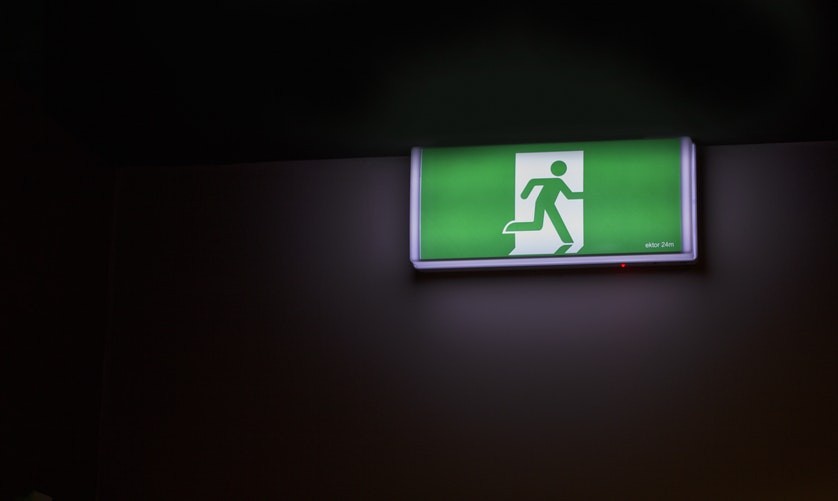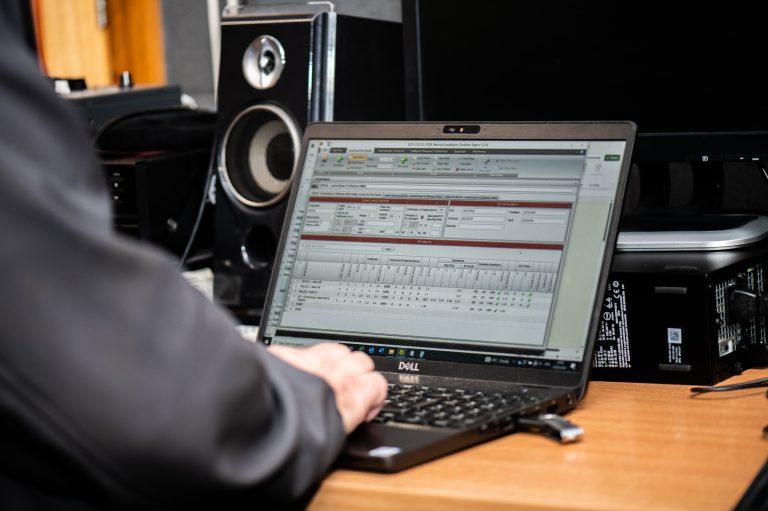Emergency Lighting testing falls under the Regulatory Reform (Fire Safety) 2005 Order (FSO), in particular Section 14 (emergency exits and routes) and it is also covered in BS5266 Part 1. But how often should you test your emergency lighting systems?
BS5266 Part 1 advise that Emergency Lighting must be tested monthly, with additional more thorough inspections conducted on an annual basis.
Annual Emergency Lighting Inspection – What is involved?
The annual inspection of your emergency lighting involves checking that the lighting unit activates correctly in a simulated loss of power situation as well as a “full duration test”.
The full duration test checks that the light stays on for the required time stated in BS5266 Part 1, which is usually 3 hours. Intersafe can conduct these tests out-of-hours to minimise disruption to your business.
After the inspection, Intersafe will advise you of any issues and provide you with a certificate, which is both evidence of completion of the inspection and proof of satisfactory performance of your emergency lighting systems. If the system fails Intersafe can also provide a detailed quotation for the remedial works required to ensure the system is working correctly.
Routine Emergency Lighting Checks – What is involved?
You, or a designated responsible person in your workplace is also obliged to carry out regular routine checks on your emergency lighting installation. Also known as a flick test, this simulates a momentary loss of power to check the light switches over to emergency mode. The duration is not tested.
You should ensure you record these tests in the emergency light test log book as evidence of compliance with your obligations, which may be required in the event of an incident.
Book Your Annual Emergency Lighting Inspection Contact Intersafe




